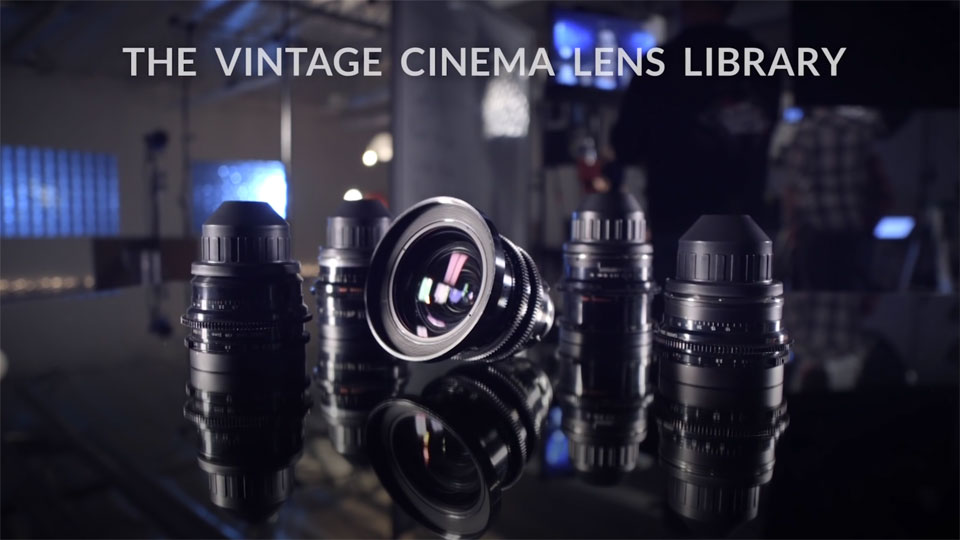Curious about vintage glass? As digital imaging becomes ever more precise and powerful, you'd think old-school lenses would be put out to pasture. After all, decades-old optics with their imperfections and idiosyncracies can't possibly compare with the latest and greatest new lenses, with their fancy coatings and low-distortion designs. Can they?
It turns out that, for some cinematographers, those imperfections and idiosyncracies are a perfect counter to the otherwise unforgiving precision of digital images. Sure, shooting in 6K offers all kinds of advantages, but using older lenses can give the image a certain kind of character as it passes through glass before hitting the sensor. And that can pay off. Think of the audiophile who prefers to listen to albums cut roughly into vinyl rather than pristinely encoded to compact disc. It's hard to argue (though some do) that the sound of an analog LP is quantitatively better or more accurate than the sound of a CD. But imperfection can be pleasing, too. And so it is with vintage lenses.

But what kind of images can you expect to get when you pair vintage glass with cutting-edge acquisition technology? Well, ShareGrid, Duclos Lenses and Old Fast Glass have published the Vintage Cinema Lens Library. They've assembled 80 lens tests and arranged them so that you can stream them on the same web page in a four-way split. That allows you to, say, put up the shot as captured by a Red Epic Dragon capturing 6K footage through the state-of-the-art ARRI/Zeiss Master Primes, and then compare those ultra-clean optics to other lenses with a similar focal length and T-stop — Cooke Speed Panchros, Lomo Anamorphics, or Zeiss Super Speed MKIIIs.
The website has lots of background information, including a comprehensive grid of stats for the different lenses tested, a bokeh chart showing out-of-focus effects as seen through different lenses at different focal lengths and T-stops, and a list of testimonials where the users describe the different lenses selected for the test in loving detail. Some of them are described as "romantic, organic," and others as "creamlike" and "timeless." If you're trying to ground yourself in different filmmakers' rationale for sticking with certain lens types, this will help you get immersed in that kind of visual thinking.
Maybe don't call these lenses vintage. Think of them as classics. Watch the intro video, below, or visit the site.
Topics: Blog Shooting vintage lenses
Did you enjoy this article? Sign up to receive the StudioDaily Fix eletter containing the latest stories, including news, videos, interviews, reviews and more.

Thanks for the awesome writeup! Glad you like it!
Very cool. Great resource. Thanks, everyone.
Wow ! 6K feature really works ? Where would we play them. I have seen up to 4K videos.